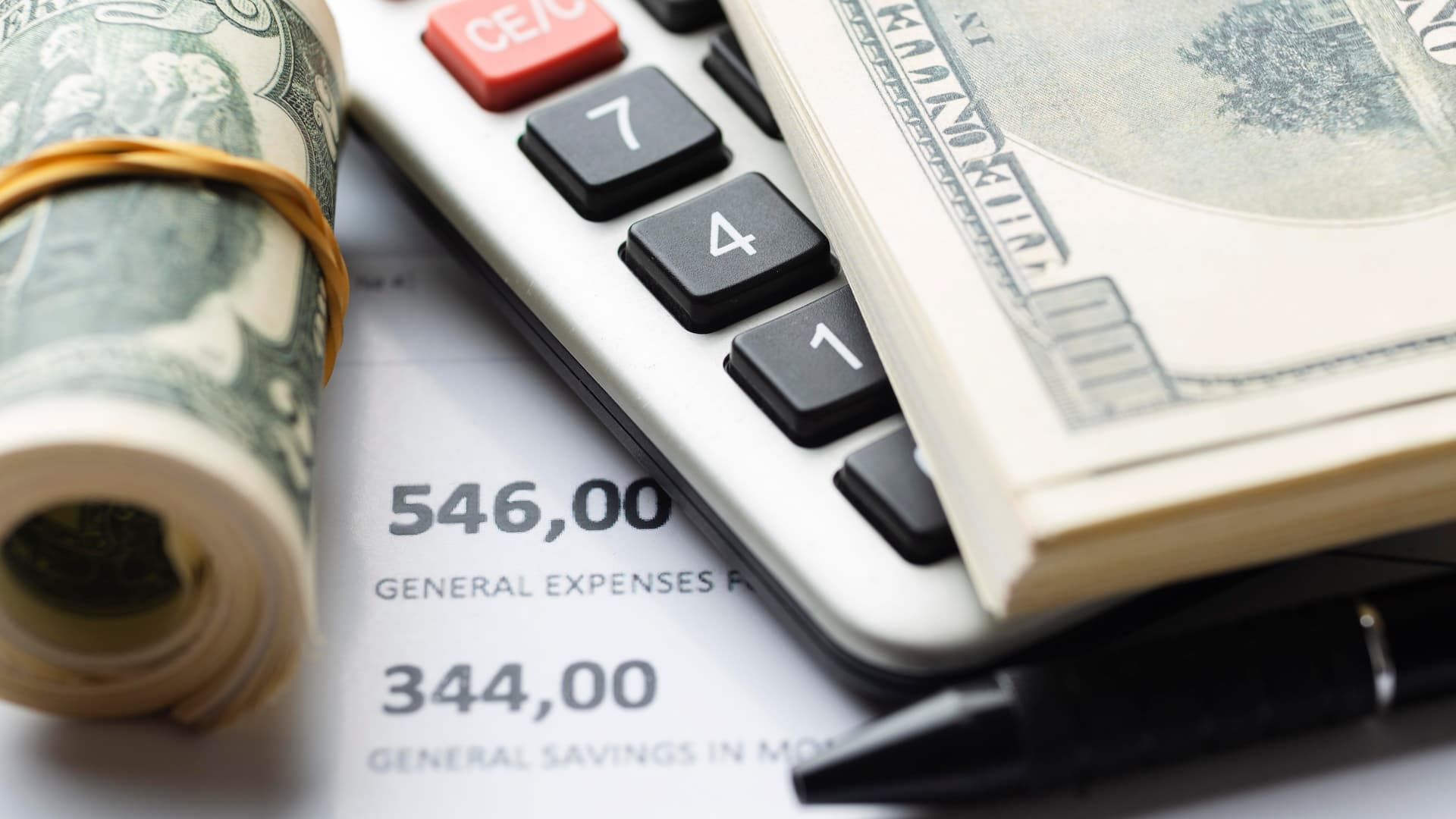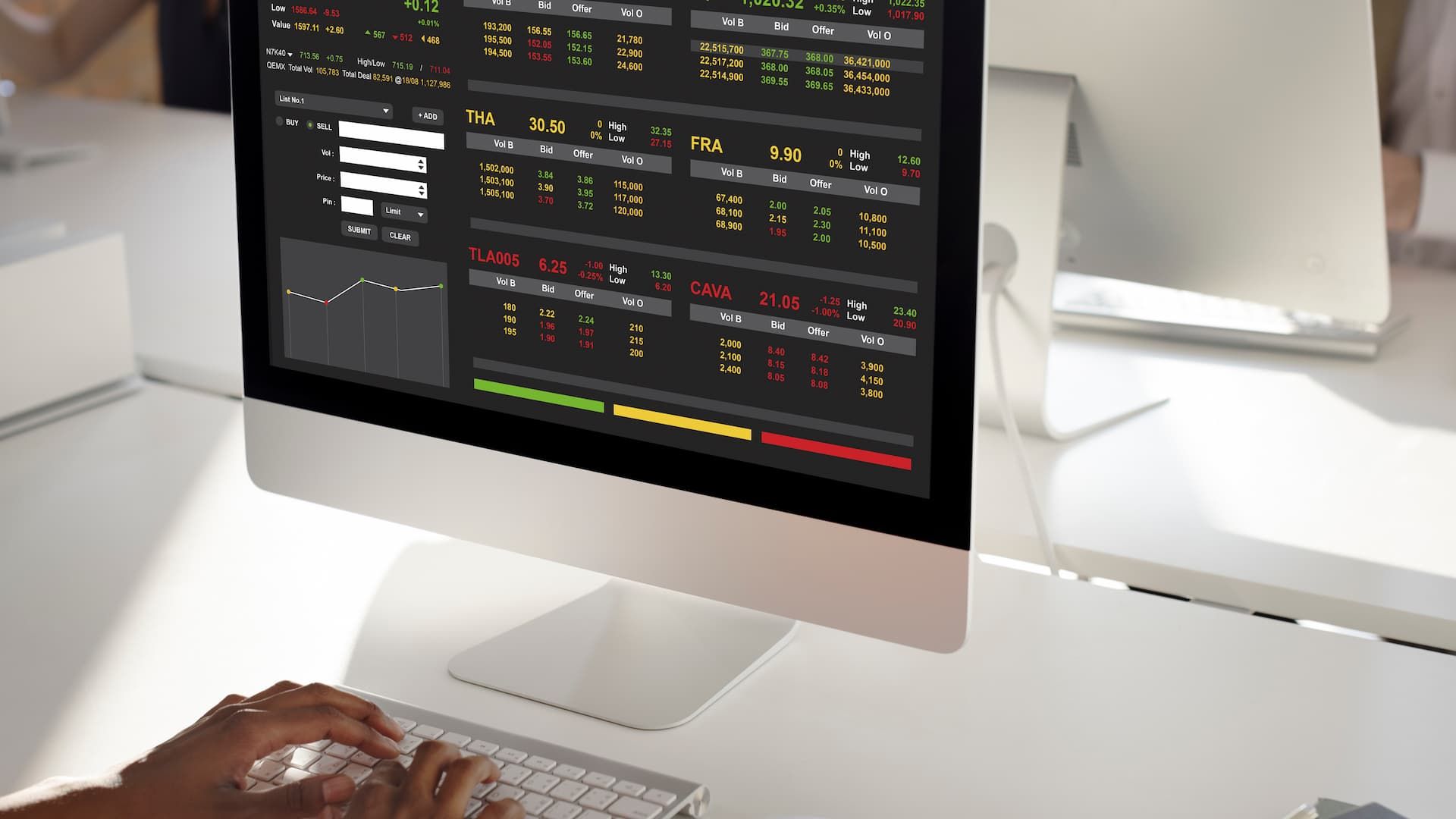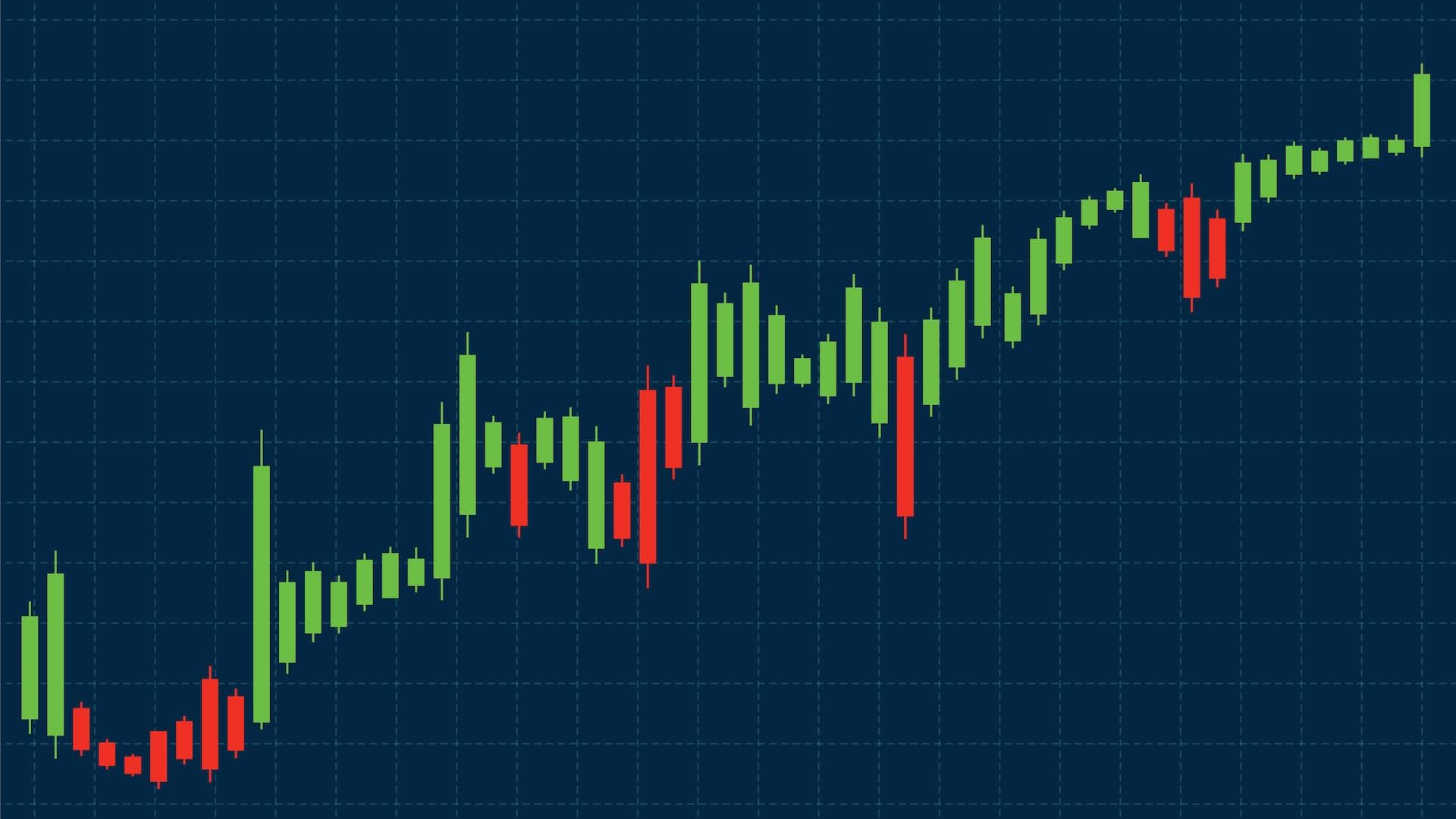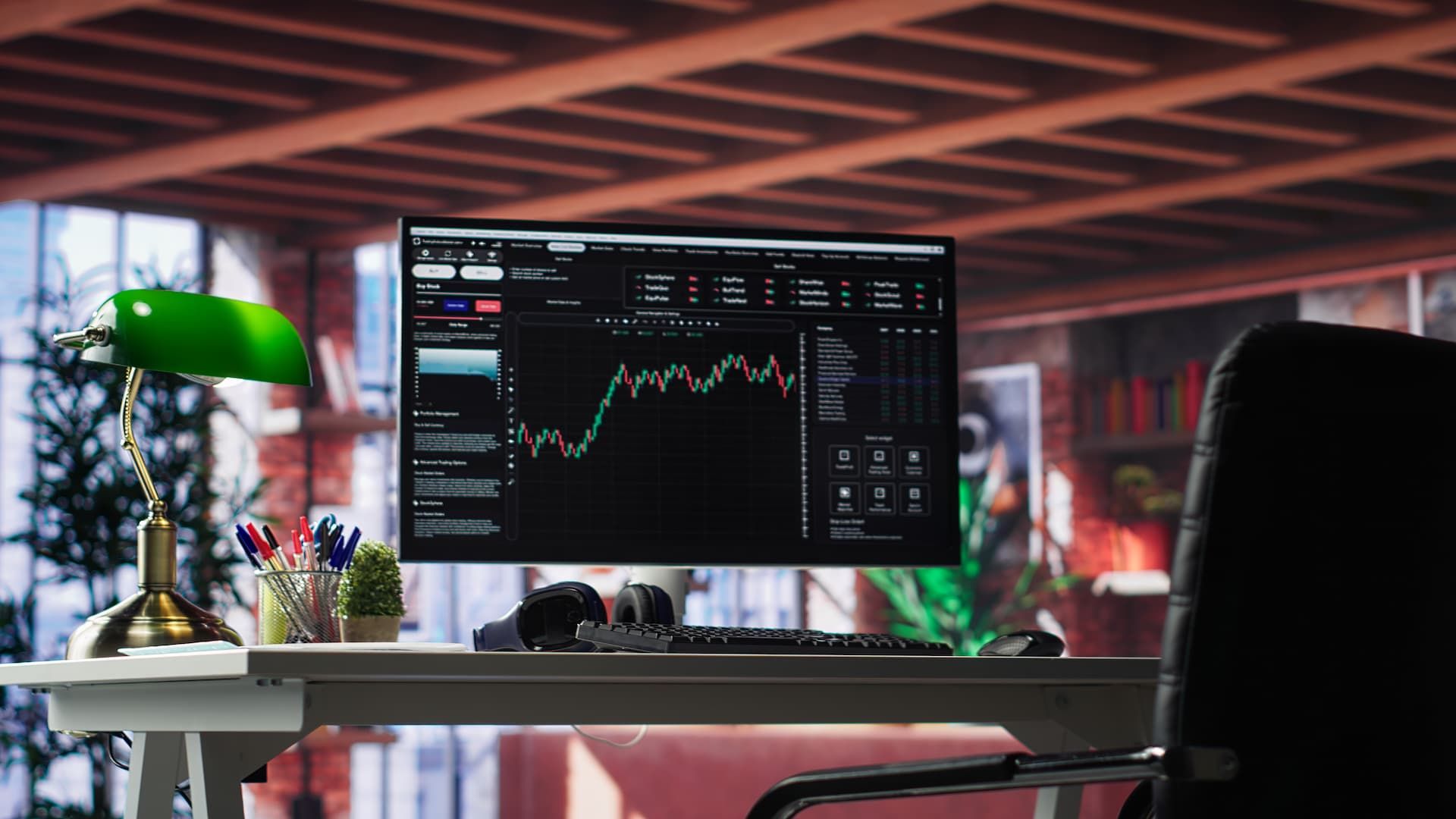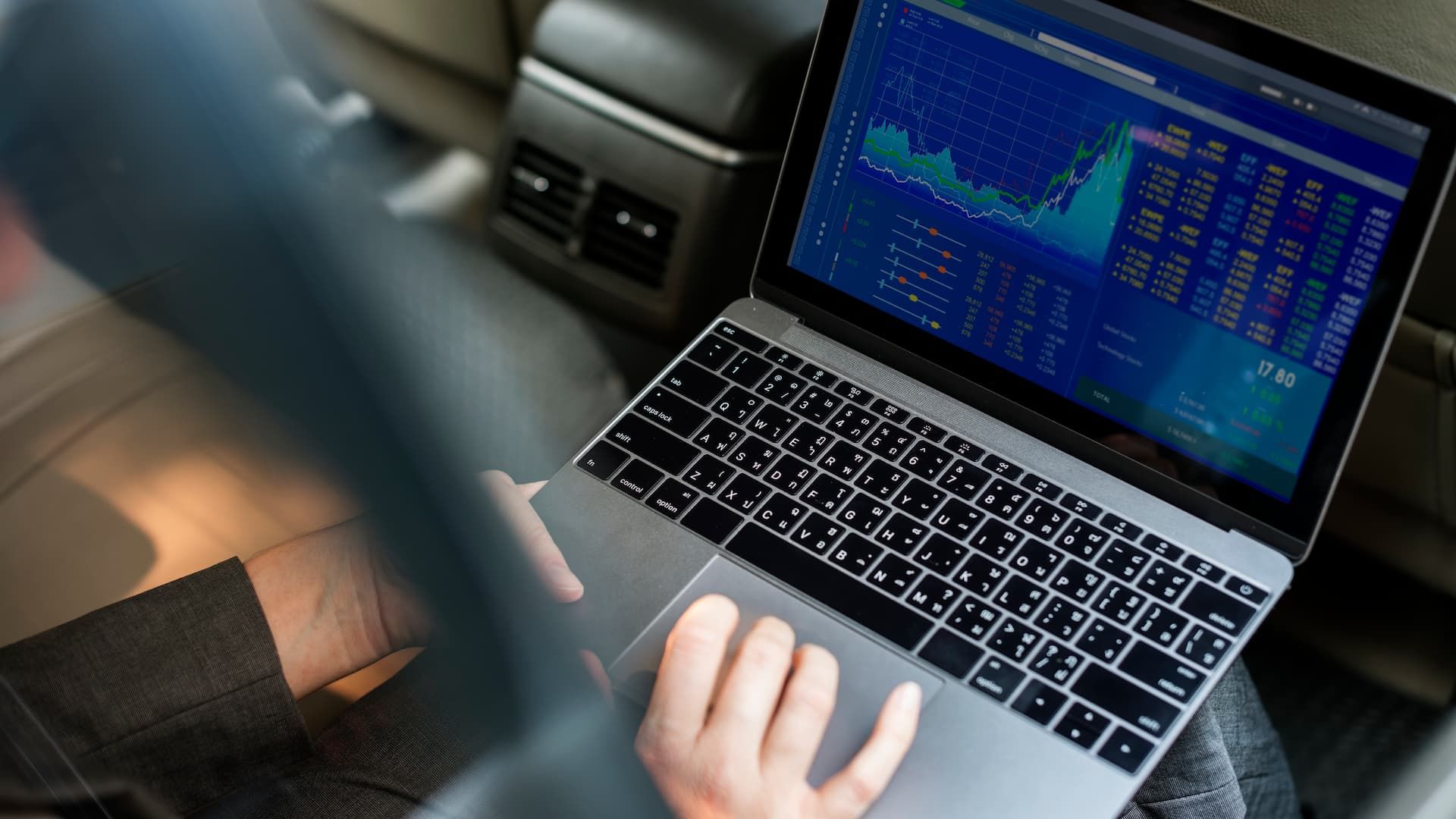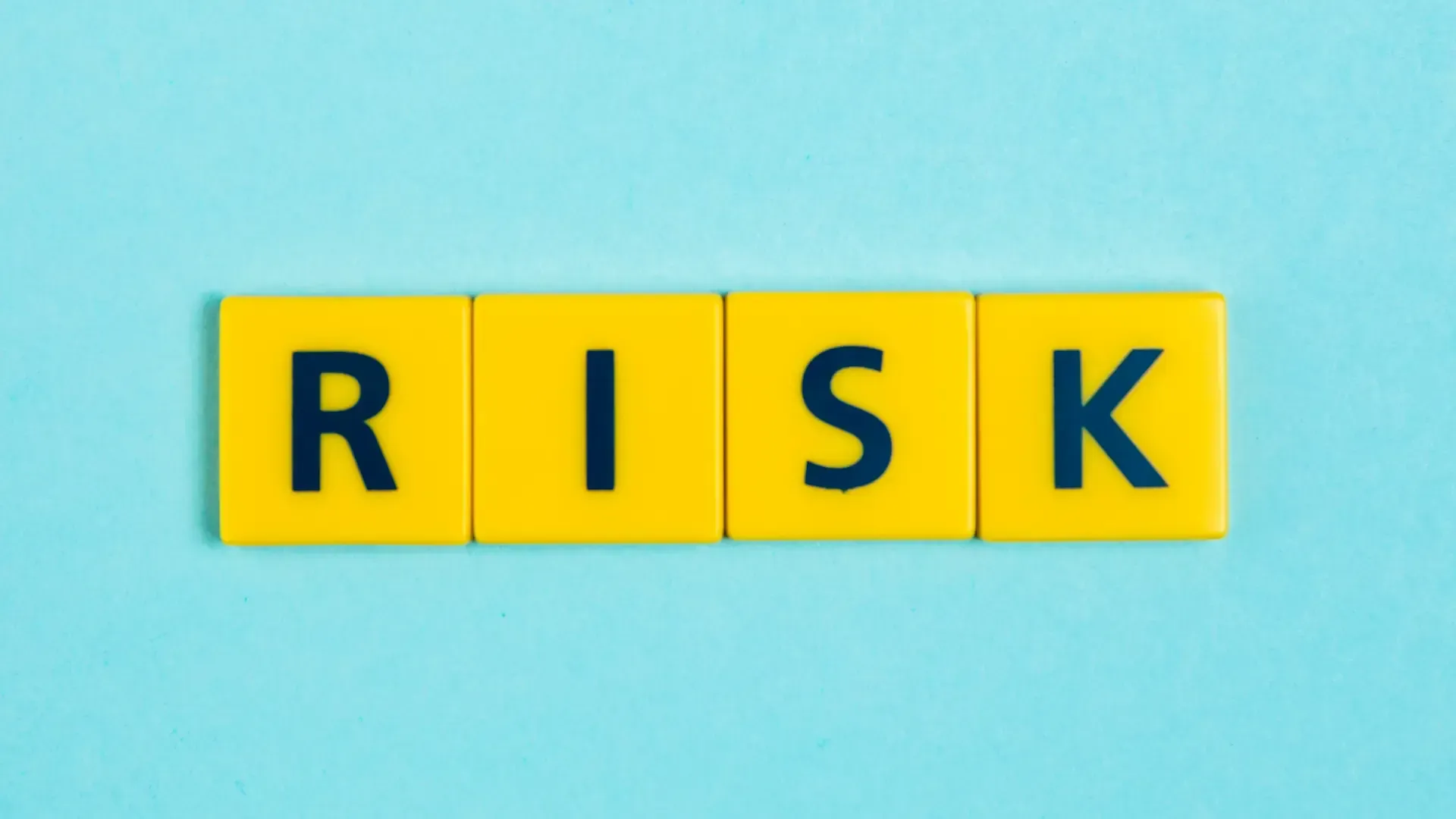Every trader dreams of landing more winning trades than losing trades, but the real secret to long-term success in financial markets is not just about entries or timing. It’s about the balance between potential loss and potential profit. This balance is captured in the risk to reward ratio explained throughout trading education.
In simple terms, the ratio compares how much risk you take against how much reward the trade offers. If the possible gain outweighs the possible downside, it may be worth taking. If the opposite is true, even a trade that looks attractive in the moment could cause you to lose money over time. Successful traders focus less on predicting future outcomes perfectly and more on applying this principle consistently within their overall trading strategy.
Platforms like 24Markets.com make it easier to test and apply ratios in a risk free environment, offering calculators, stop loss tools, and take profit features so you can design a trading plan that matches your personal risk tolerance.
Understanding the Risk-to-Reward Ratio
What is risk-to-reward ratio explained?
The risk reward ratio shows how much you stand to lose compared with how much you stand to gain. For example, if your entry price is $100, your stop loss is $95, and your target price is $115, your risk is $5 and your reward is $15. The ratio is 1:3, meaning you risk less money for greater potential gains.
Difference between risk reward ratio and reward to risk ratio
Some traders flip the phrase and call it reward to risk ratio instead. Both terms describe the same calculation, but the order changes the focus. Saying “risk to reward” keeps risk front and center, while “reward to risk” emphasizes profit first. Many traders prefer the former to avoid emotional decisions and keep risk management as the priority.
Why reward to risk matters in trading
Without a favorable reward ratio, even a high win rate will not save you. Imagine a trading example where you win 70% of trades but risk $200 to make only $50. A few losing trades will erase weeks of progress. On the other hand, if you risk $100 to make $300, you could still grow your trading account with a much lower win rate. That’s why professional money management always weighs potential risk against expected reward.
Importance of Risk Management
How to manage risk effectively
Risk management means defining a maximum risk threshold for each trade and sticking to it. Most traders use position sizing, stop loss orders, and consistent risk limits to prevent catastrophic losses. By applying a good risk reward ratio to every particular trade, you protect your overall capital and improve consistency in future results.
Risk and reward in financial markets
Financial markets are never predictable. Market volatility, unexpected news, and other factors can shift price movements quickly. Recognizing this reality forces traders to plan for potential downside rather than chasing only the potential reward. The best traders focus on managing risk first.
Stop loss as a risk management tool
A stop loss order is essential. By setting a stop loss price before entering, you define your maximum risk for that trade. Many traders also use take profit orders or specific take profit levels to automatically close positions when a target is reached. Platforms like 24Markets.com make it simple to place both orders together, ensuring that risk and reward are locked in from the start.
Expected return and its relationship with risk
Expected return blends win rate with reward ratio. For example, if your win rate is 50% and your average ratio is 1:2, your trading system still produces positive investment returns. This calculation helps traders step back from single trades and evaluate their overall trading strategy in terms of expected reward over a specific period.
Calculating the Risk-to-Reward Ratio
Step-by-step calculation of risk reward ratio
-
Choose your entry point.
-
Set a stop loss order at a logical level.
-
Identify a realistic target level or take profit.
-
Measure risk as entry minus stop.
-
Measure reward as target minus entry.
-
Divide reward by risk to find the ratio.
Identifying risk and reward in a trade
Risk equals the distance between entry price and stop loss. Reward equals the distance between entry and target. Many traders skip this step, which leads to open positions with poor ratios. Measuring both before entering makes for more informed decision making.
Setting a good risk reward ratio for success
Most traders consider 1:2 a good risk reward ratio. That means risking $1 to make $2. A higher ratio, like 1:3, improves long-term outcomes but may require more patience and discipline. A low ratio makes it harder to generate net profits, even with many winning trades.
Examples of reward ratio in real trading
-
In forex, risking 50 pips to target 150 pips gives 1:3.
-
In stocks, risking $2 per share to target $6 offers 1:3 if the stock rises.
-
In CFDs, risking $100 margin to aim for $250 return is 1:2.5.
These examples show that the principle works across instruments and market conditions.
Common Mistakes and Pitfalls
Why most traders lose money
Most traders focus on win rate instead of ratios. They take small profits and let losses run, which destroys overall risk balance. Over time, this approach leads to losing money despite frequent winning trades.
Overestimating reward and underestimating risk
Emotional decisions often push traders to set unrealistic profit targets and overly tight stops. The result: trades stop out before reaching the profit target. Realistic take profit levels and wider stops where appropriate reduce this problem.
Failing to manage risk properly
Moving stop loss orders once the trade is live, or failing to place them at all, changes the planned trade versus the actual open position. A trade that offered less risk at entry can quickly turn into more risk than intended, leading to significant loss.
Practical Applications
Using risk-to-reward ratio in day trading
Day traders rely heavily on ratios since price movements are fast and frequent. Aiming for at least 1:2 helps limit losses from false breakouts and quick reversals. On 24Markets.com, live tools help you apply stop loss and take profit orders in real time without hesitation.
Reward to risk in swing trading
Swing traders, who hold trades for days or weeks, often face market volatility that creates losing trades. By sticking to 1:3 or better, they ensure that a few winners cover multiple losers, keeping their trading account on track.
Combining risk and reward with position sizing
Position sizing connects ratios to money management. If your account size is $20,000 and you’re willing to risk 2% per trade, that’s $400 maximum risk. With a 1:2 ratio, your profit target would be $800. This trade based discipline keeps both sides of the equation clear.
Adapting risk reward ratios to market conditions
Market conditions affect ratios. In high volatility, wider stops and bigger targets are required to maintain a good ratio. In calmer periods, smaller moves may justify tighter stop loss and take profit levels. Adapting ratios prevents emotional trading decisions and aligns risk with reality.
Final Thoughts
The risk-to-reward ratio explained here is one of the simplest yet most powerful tools in trading. It forces you to consider potential downside before focusing on possible gain, leading to more consistent results. By making this a central part of your overall trading strategy, you’ll limit losses, improve consistency, and think like the best traders in the market.
If you want to apply these principles in practice, explore 24Markets.com. With calculators, trading journal tools, and the ability to automatically close trades at pre-set stop loss and take profit orders, you can manage risk, lock in potential gains, and build a trading plan designed to last.

